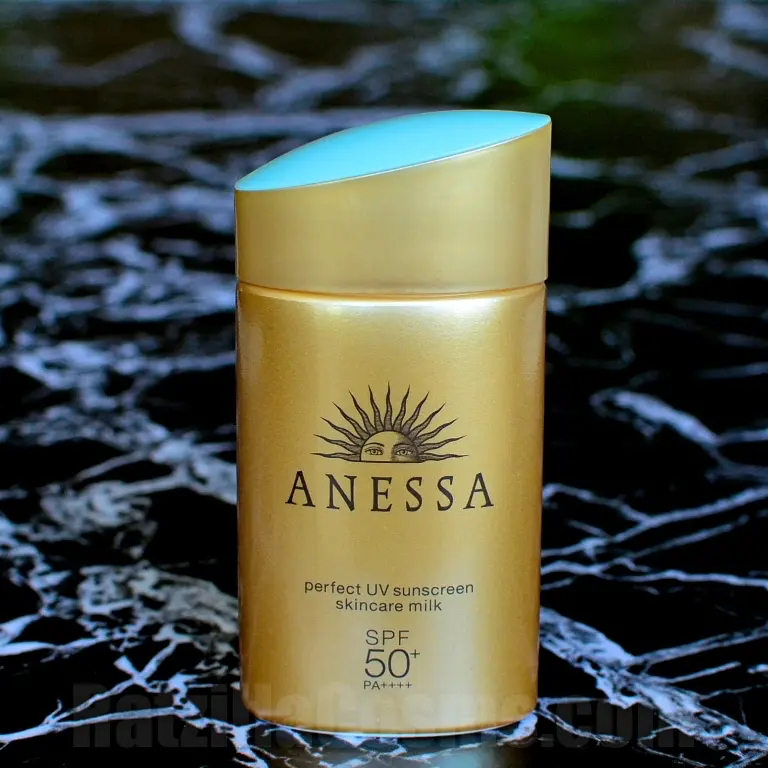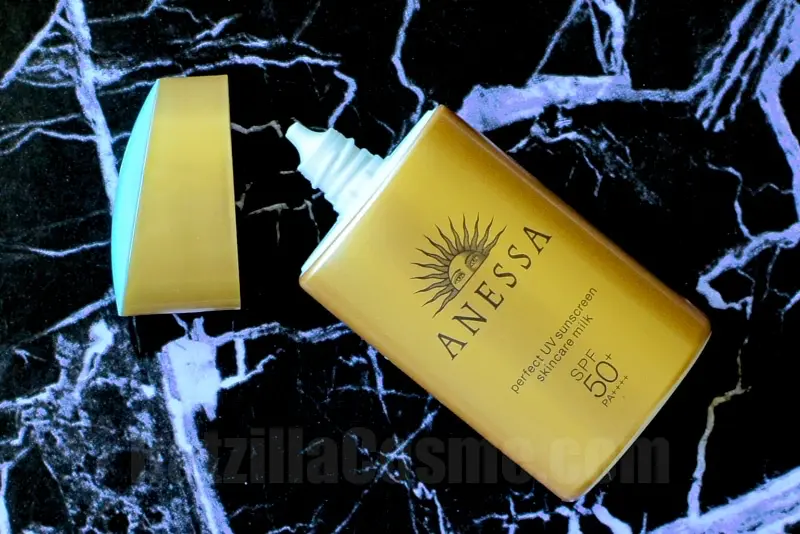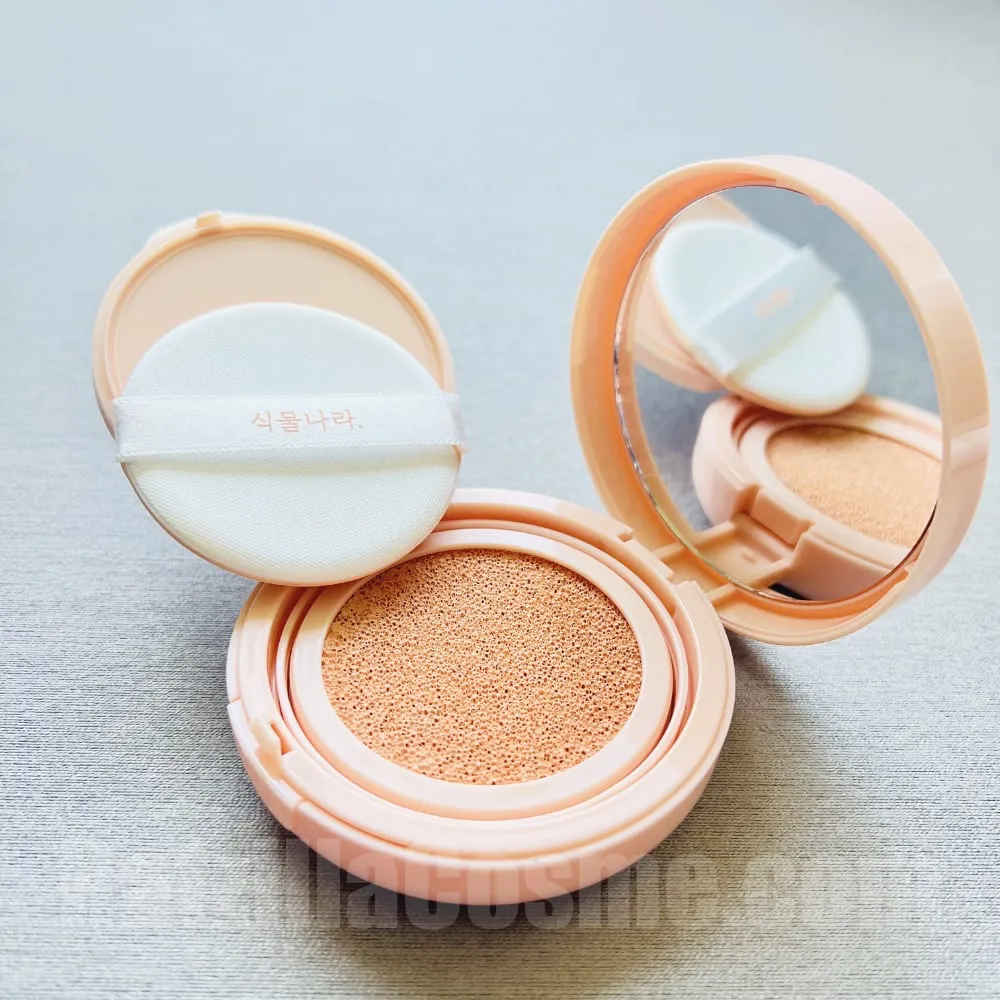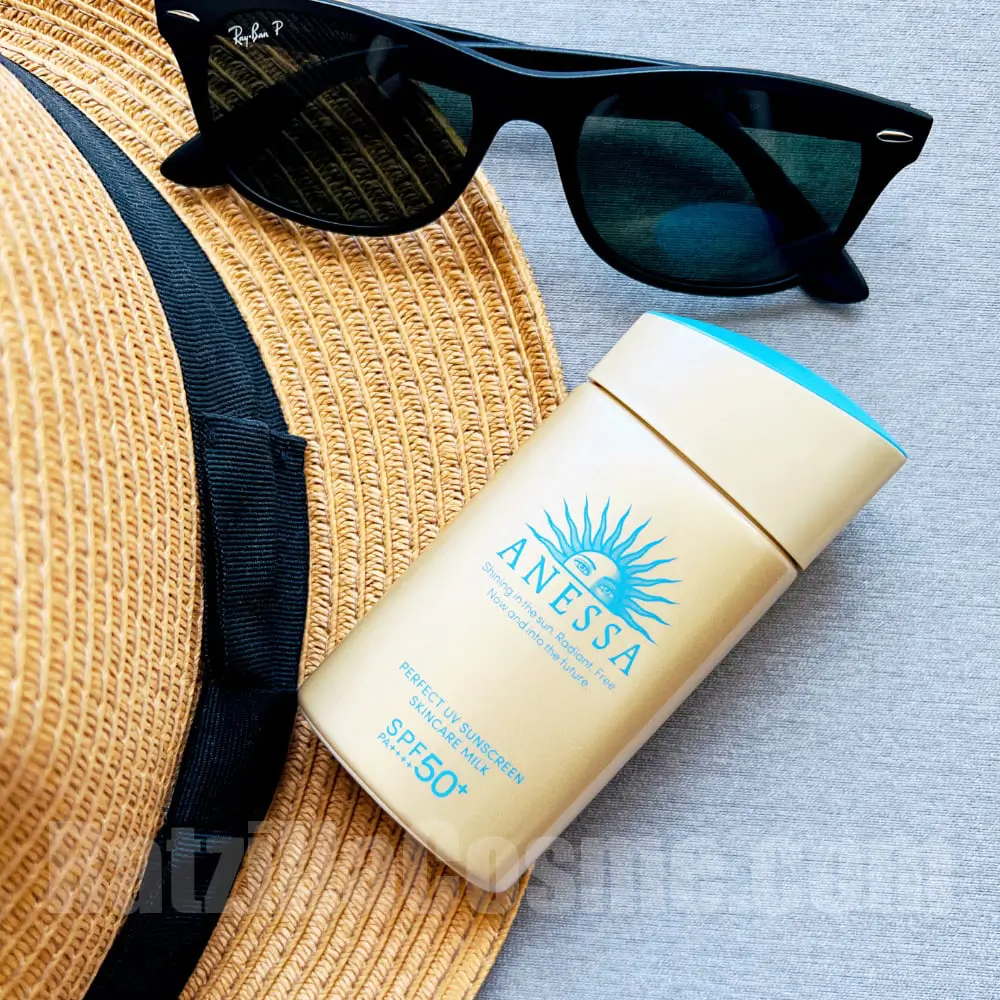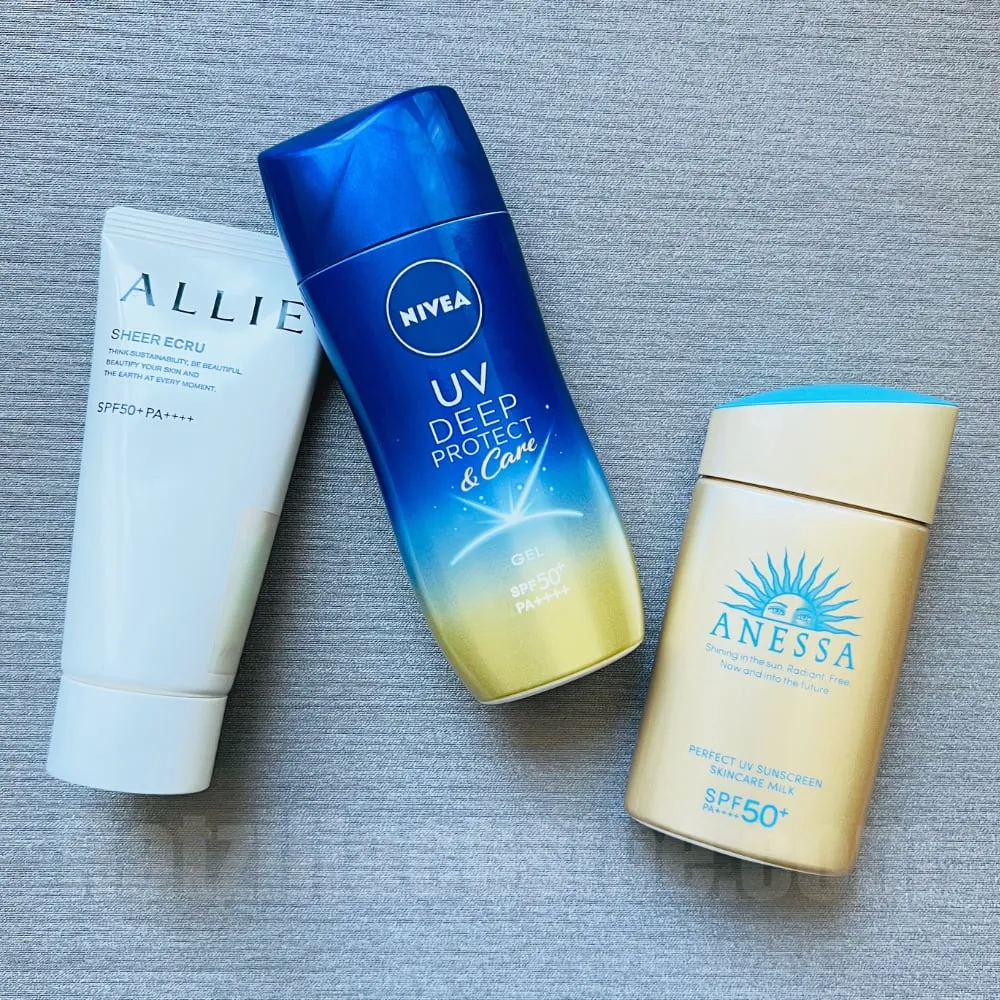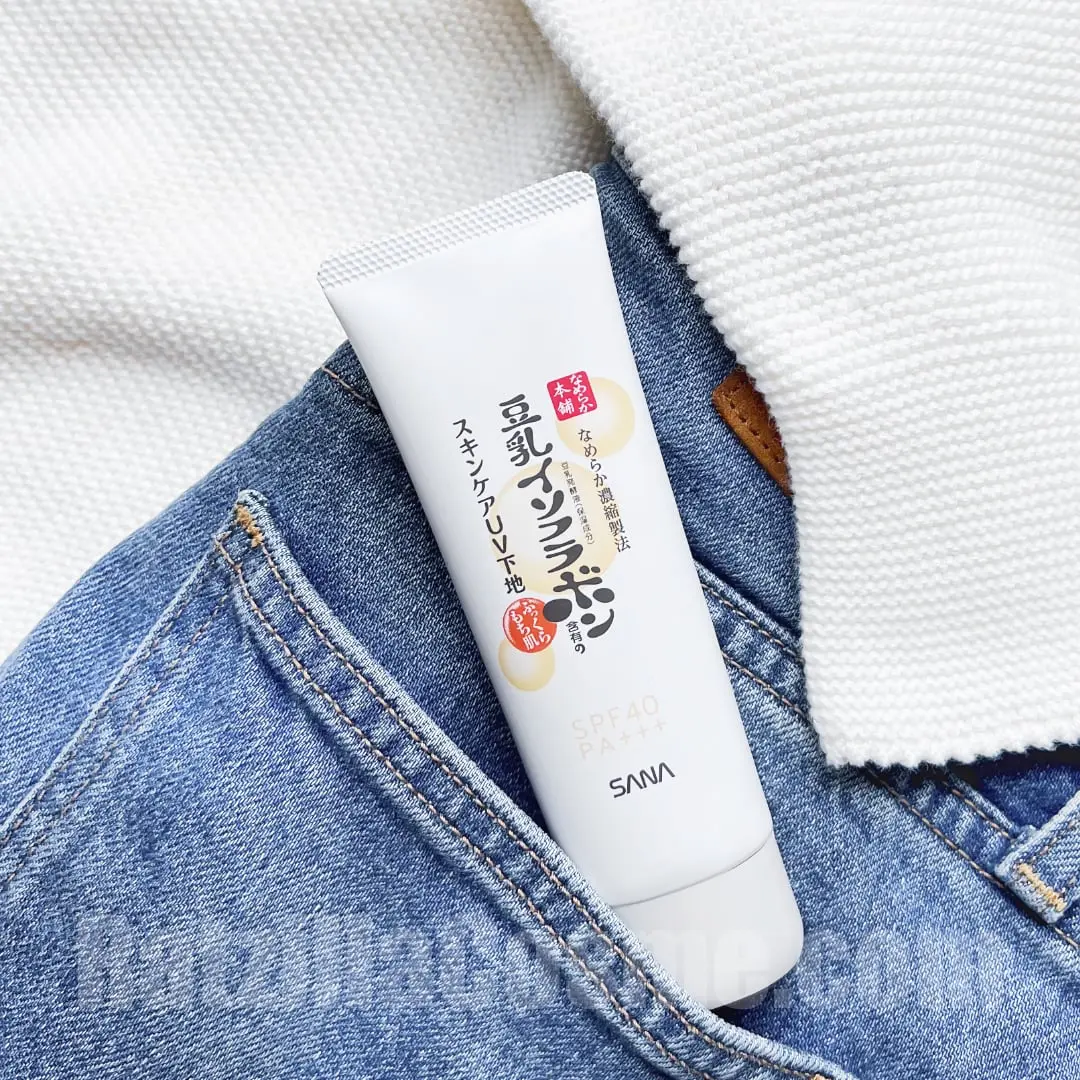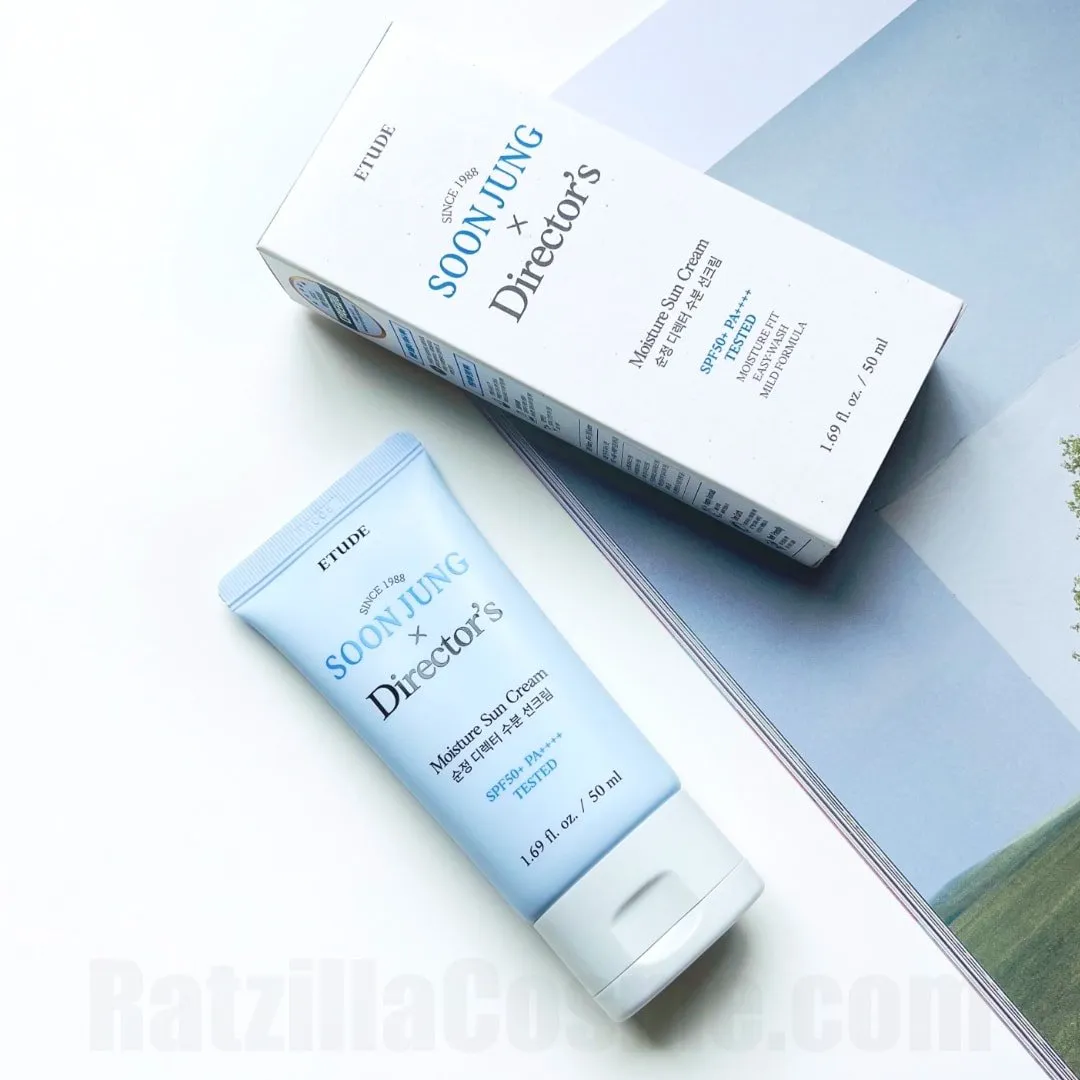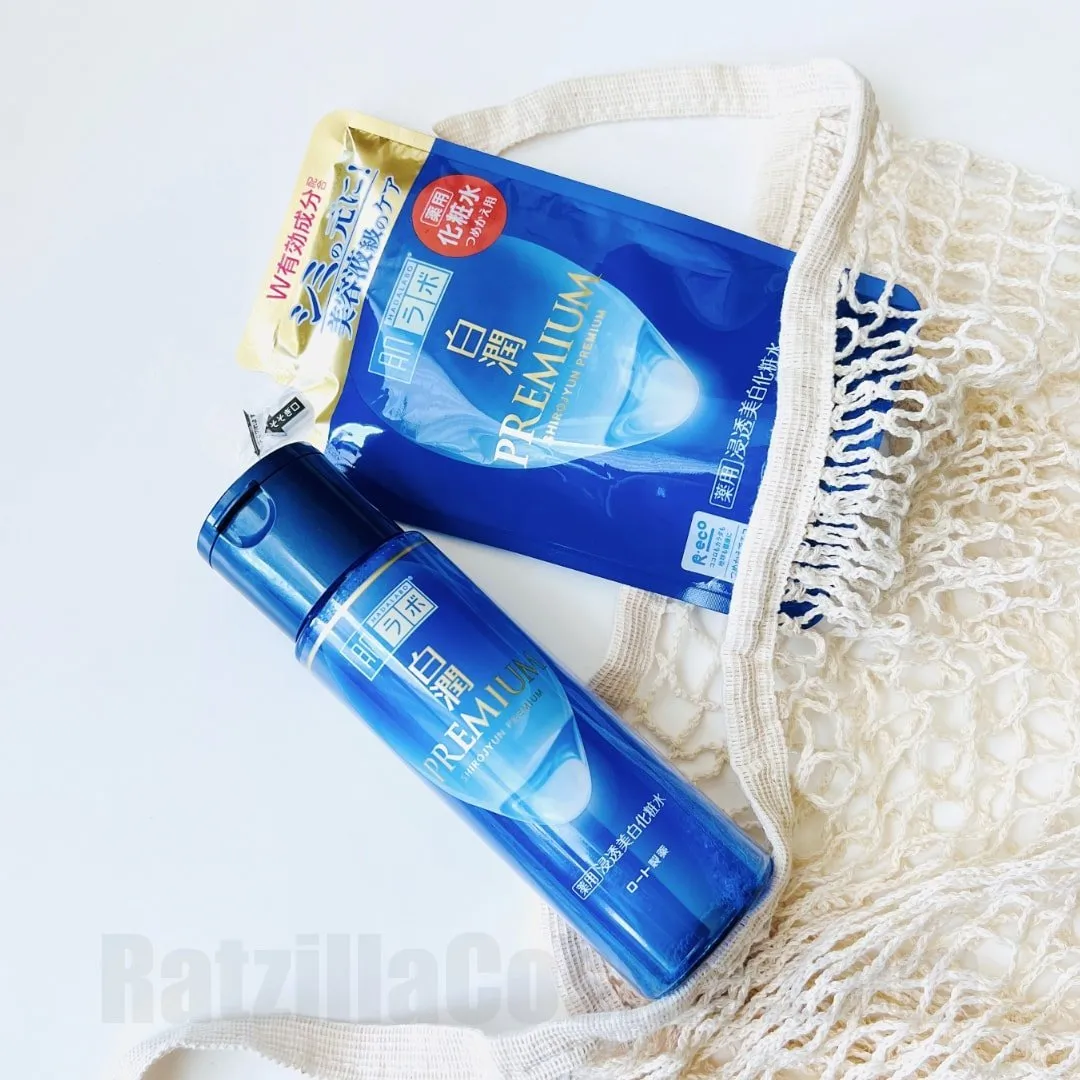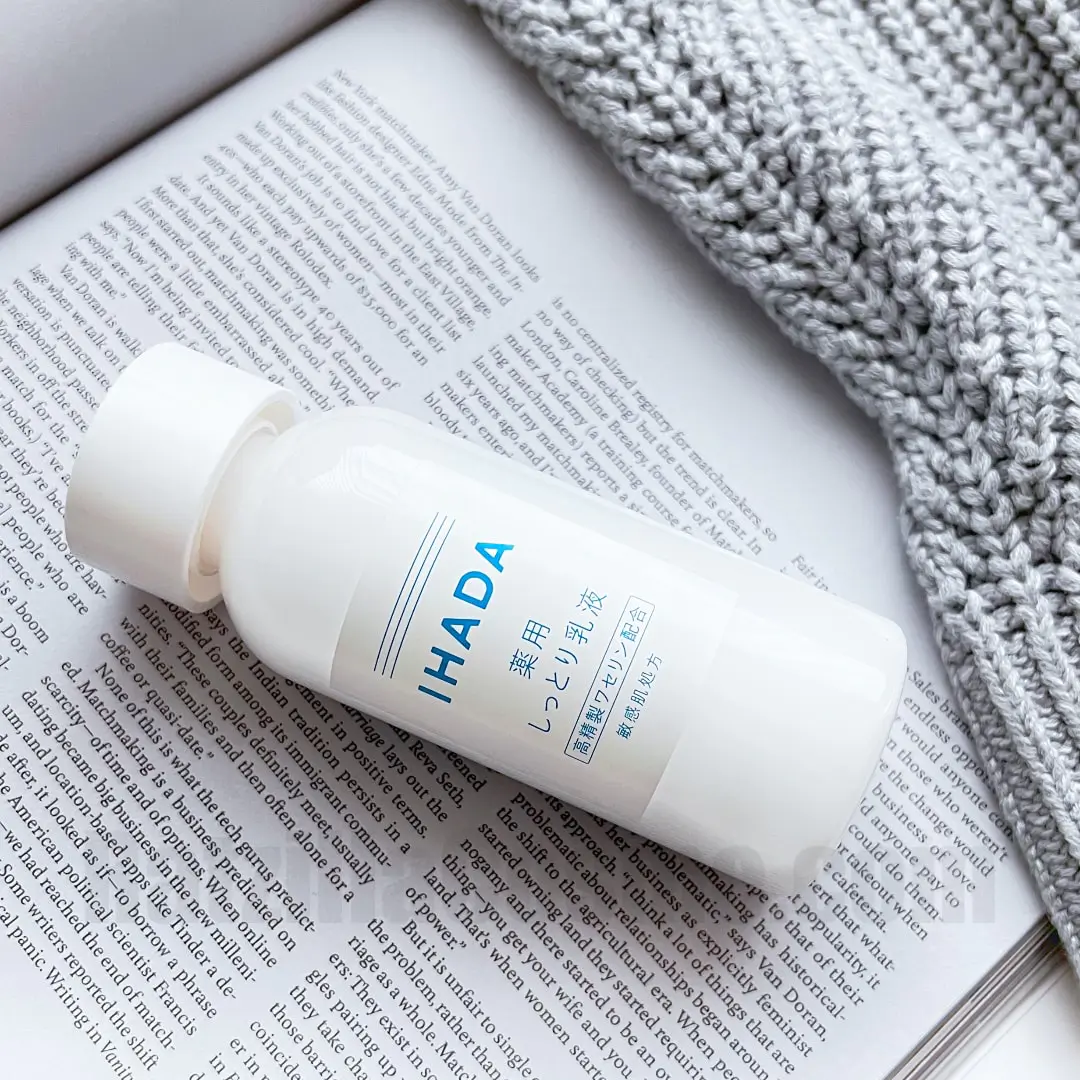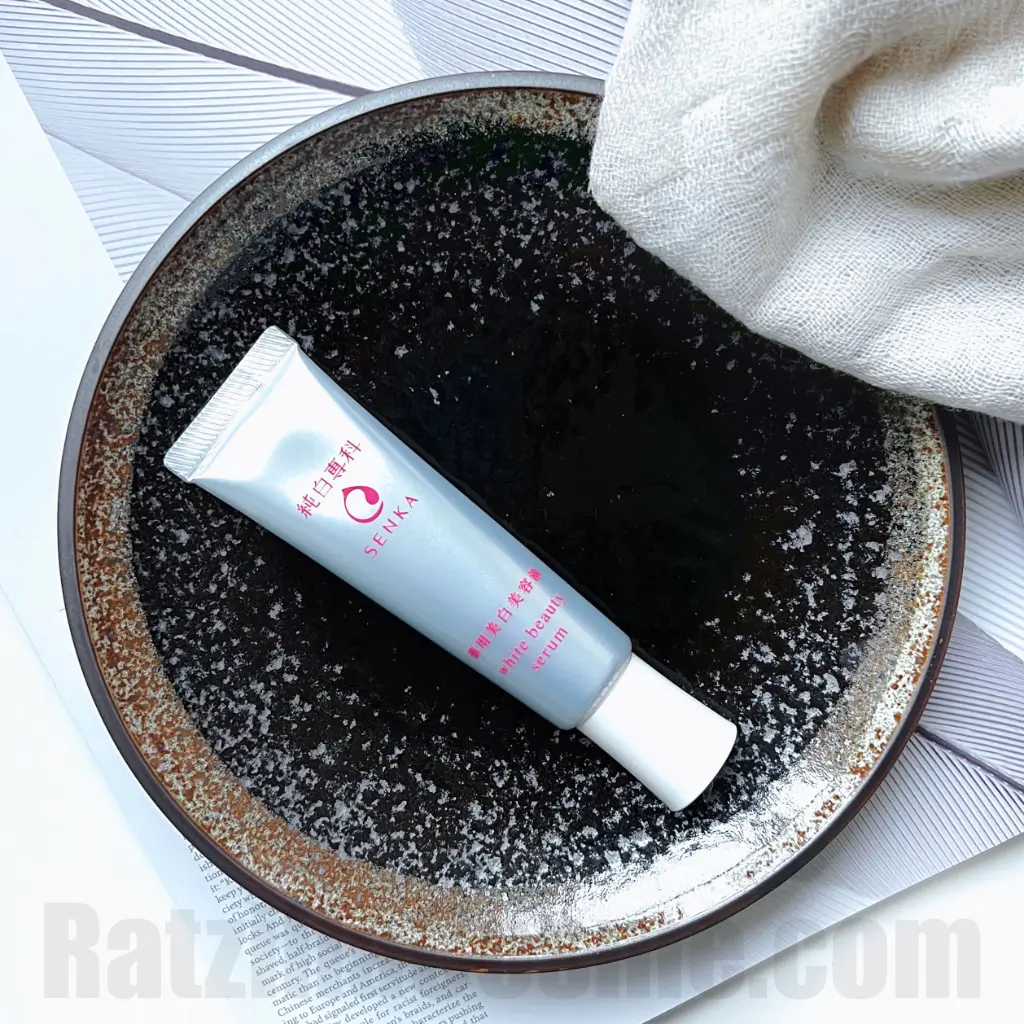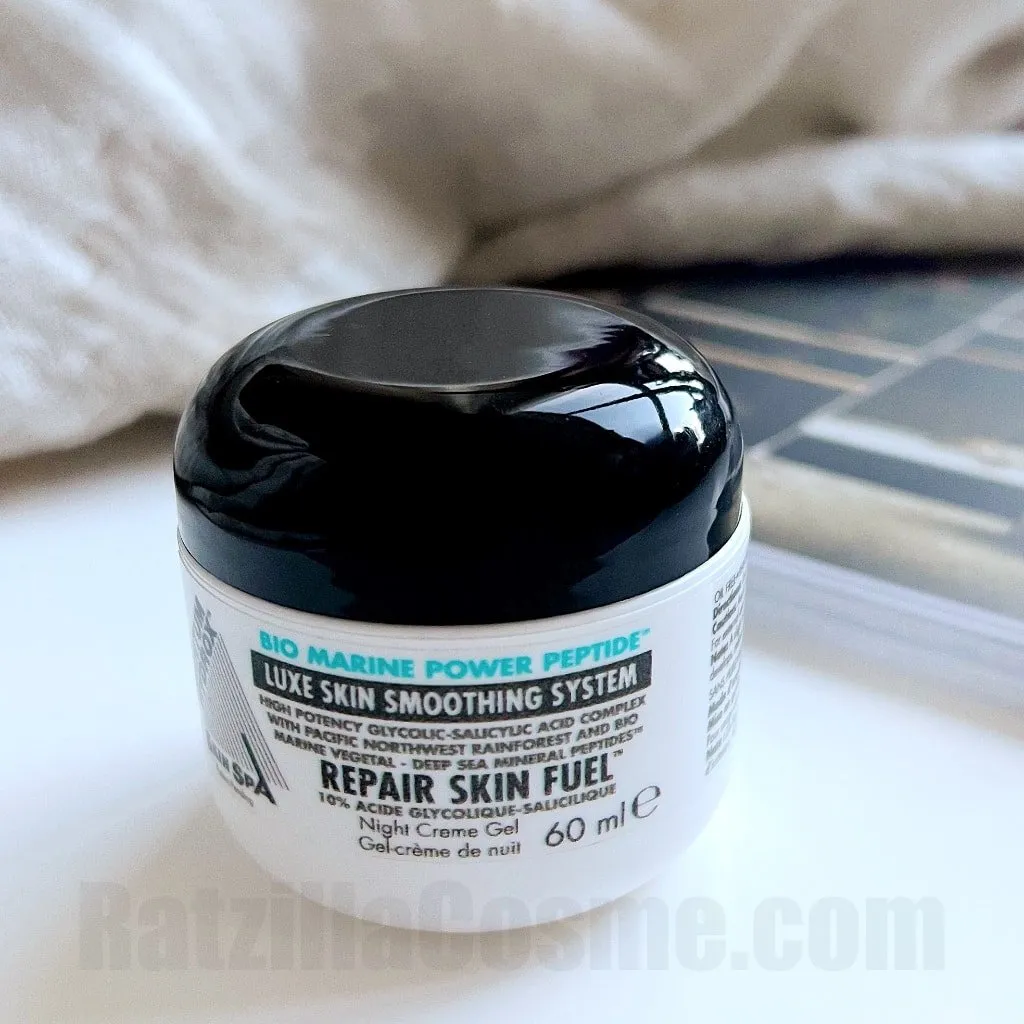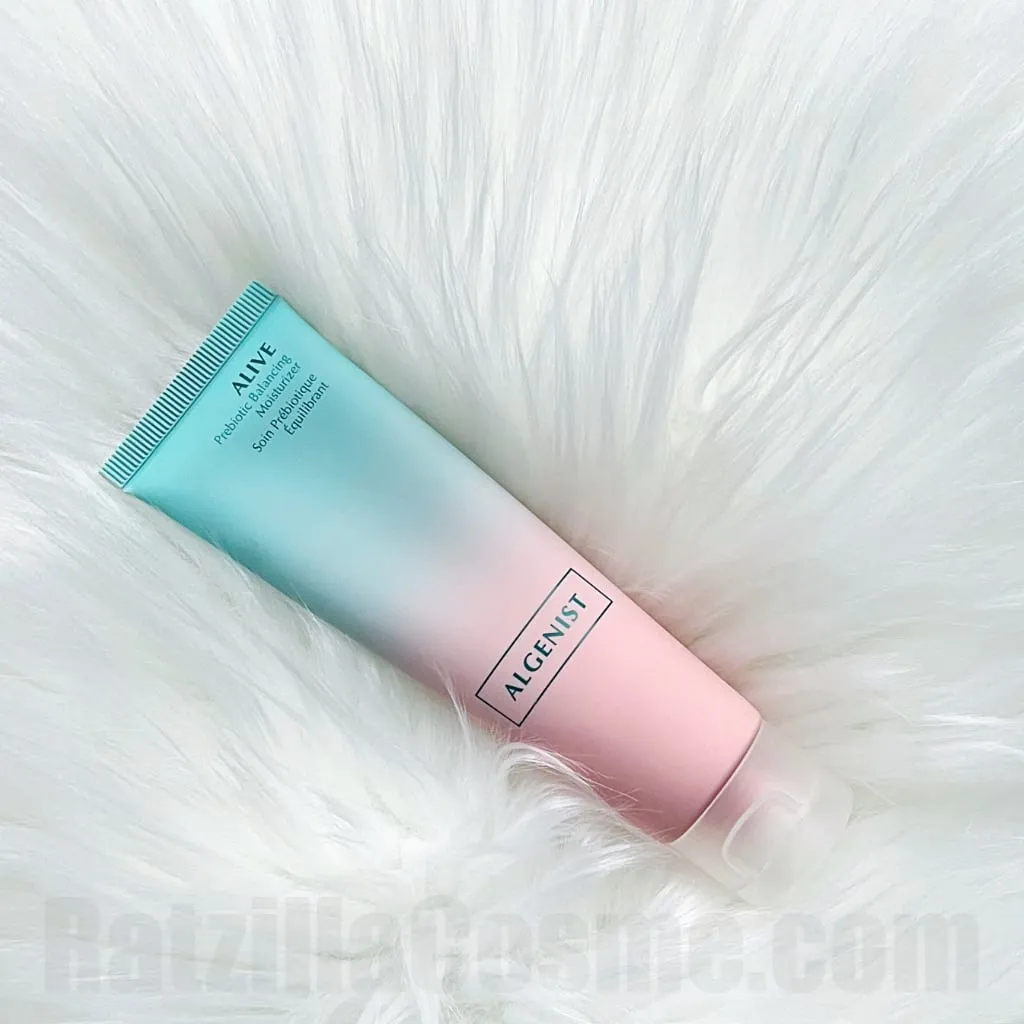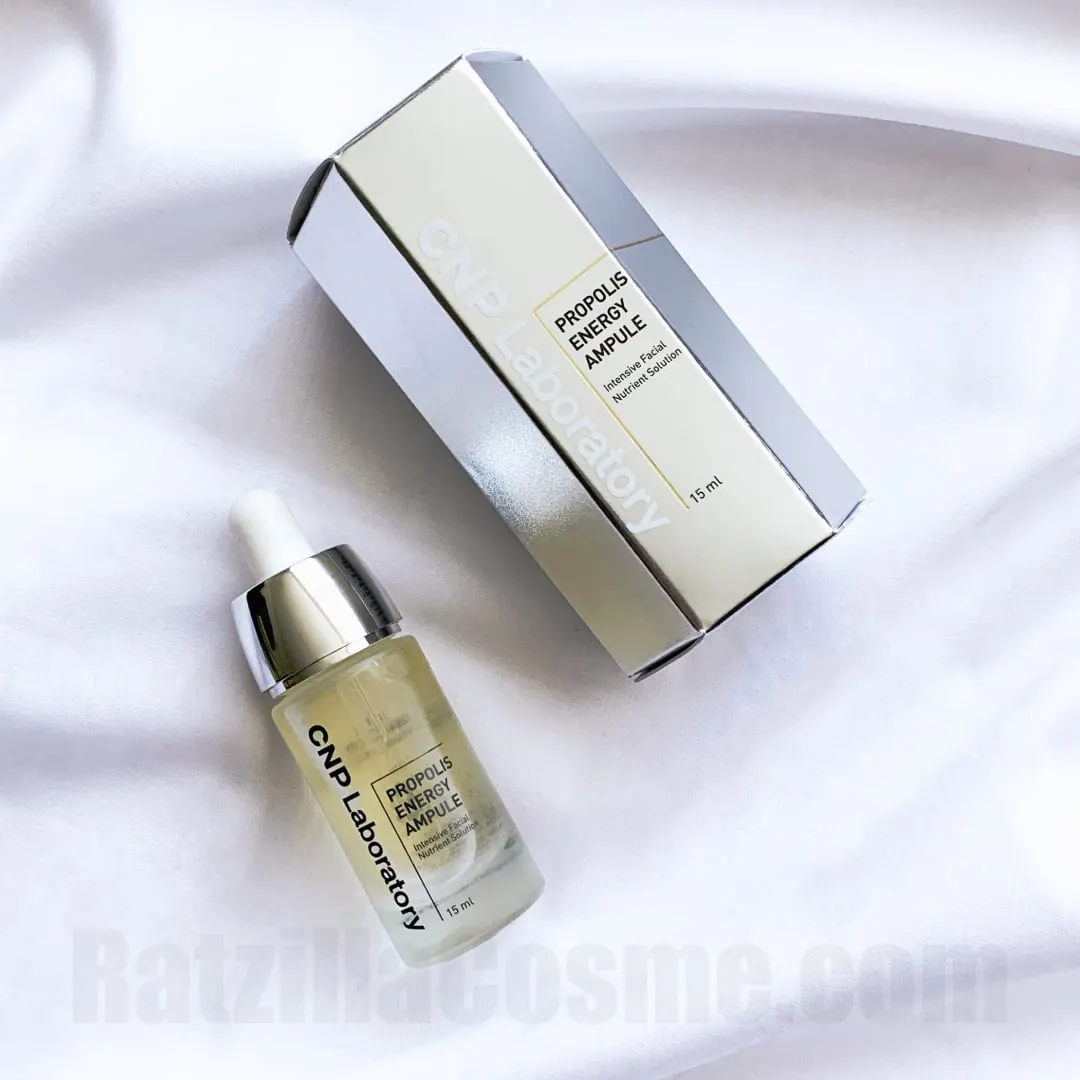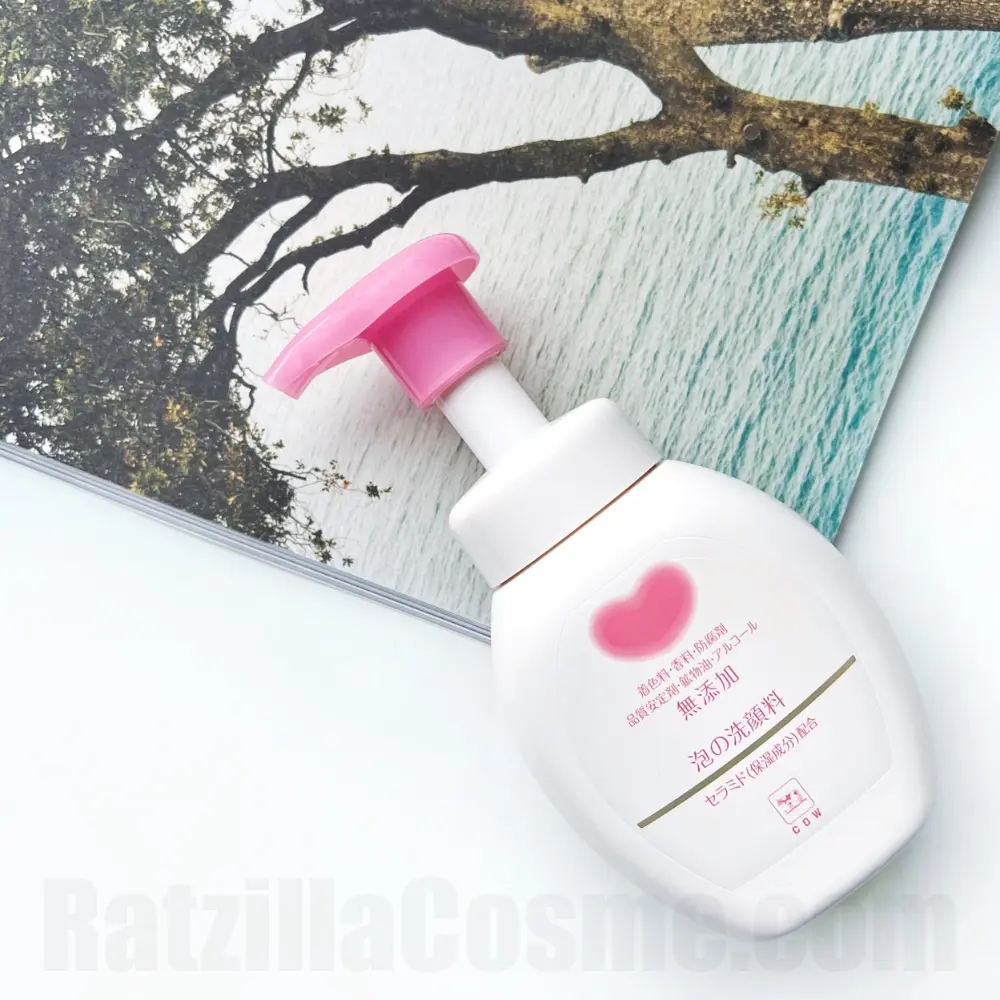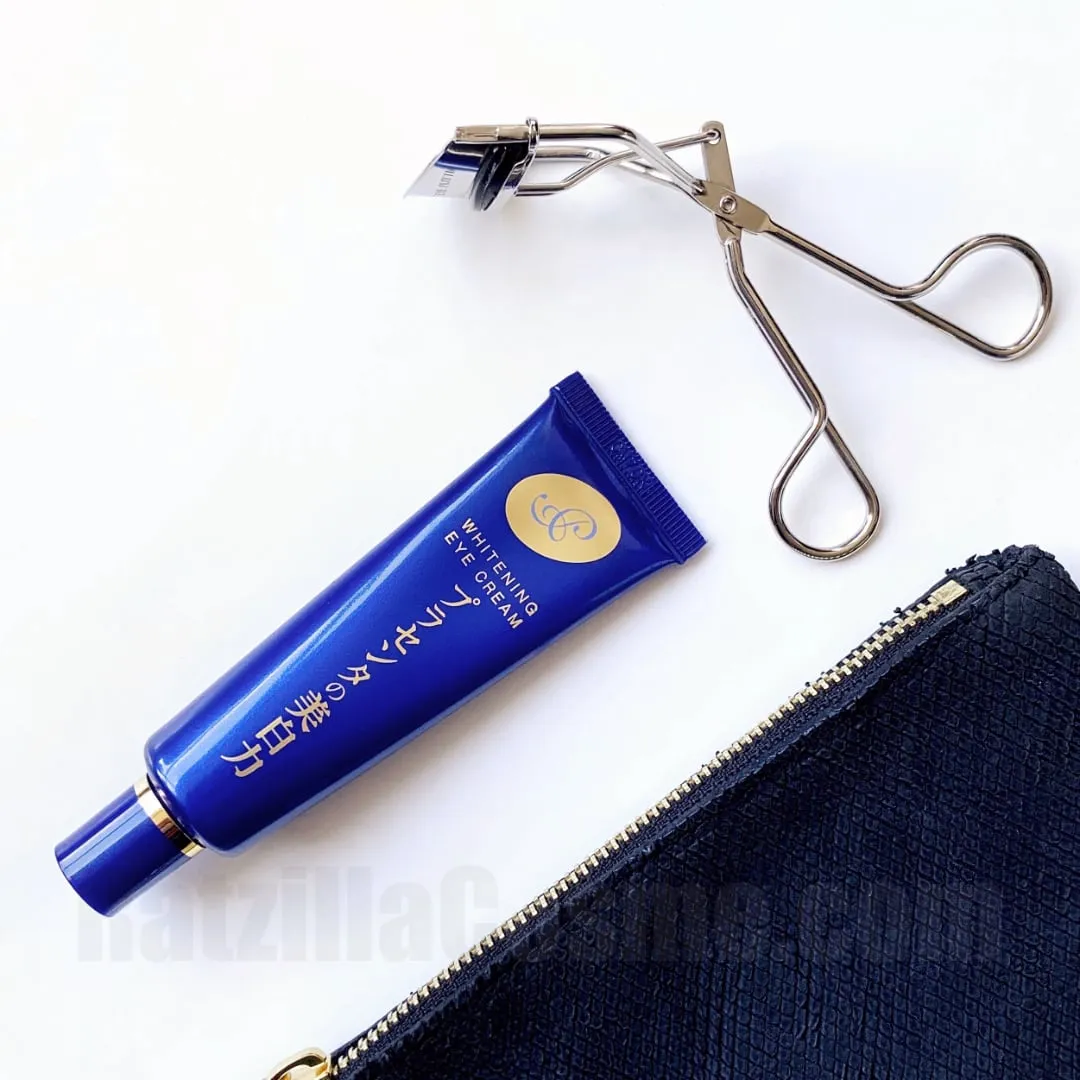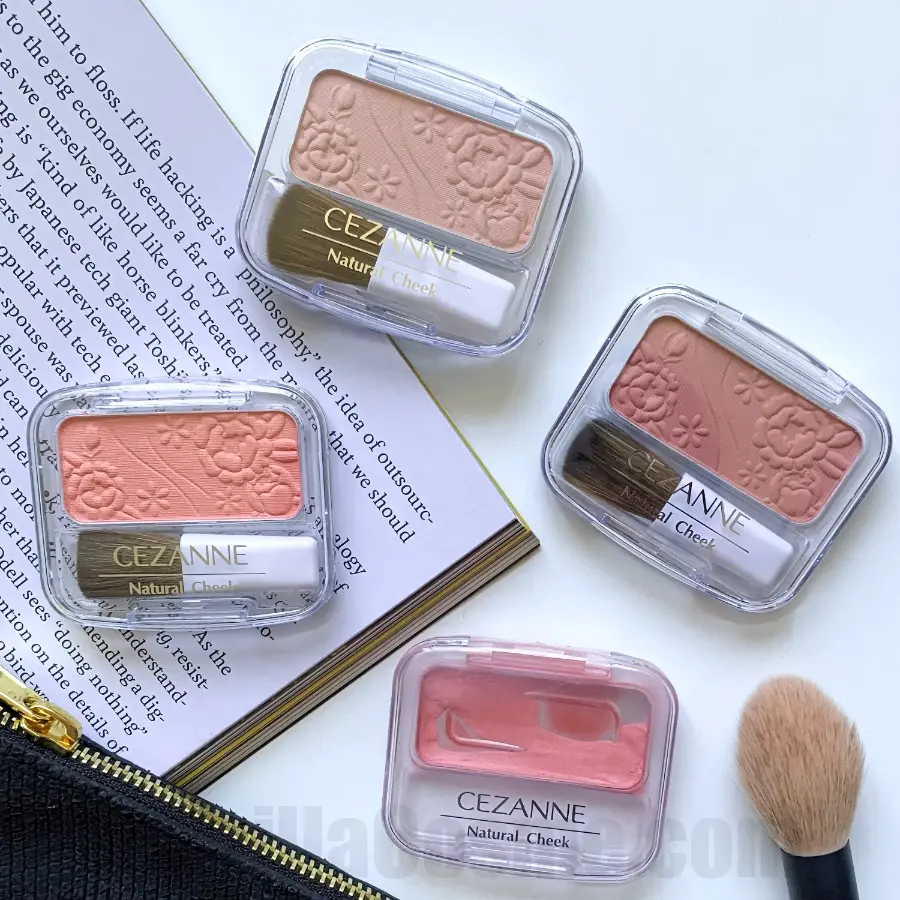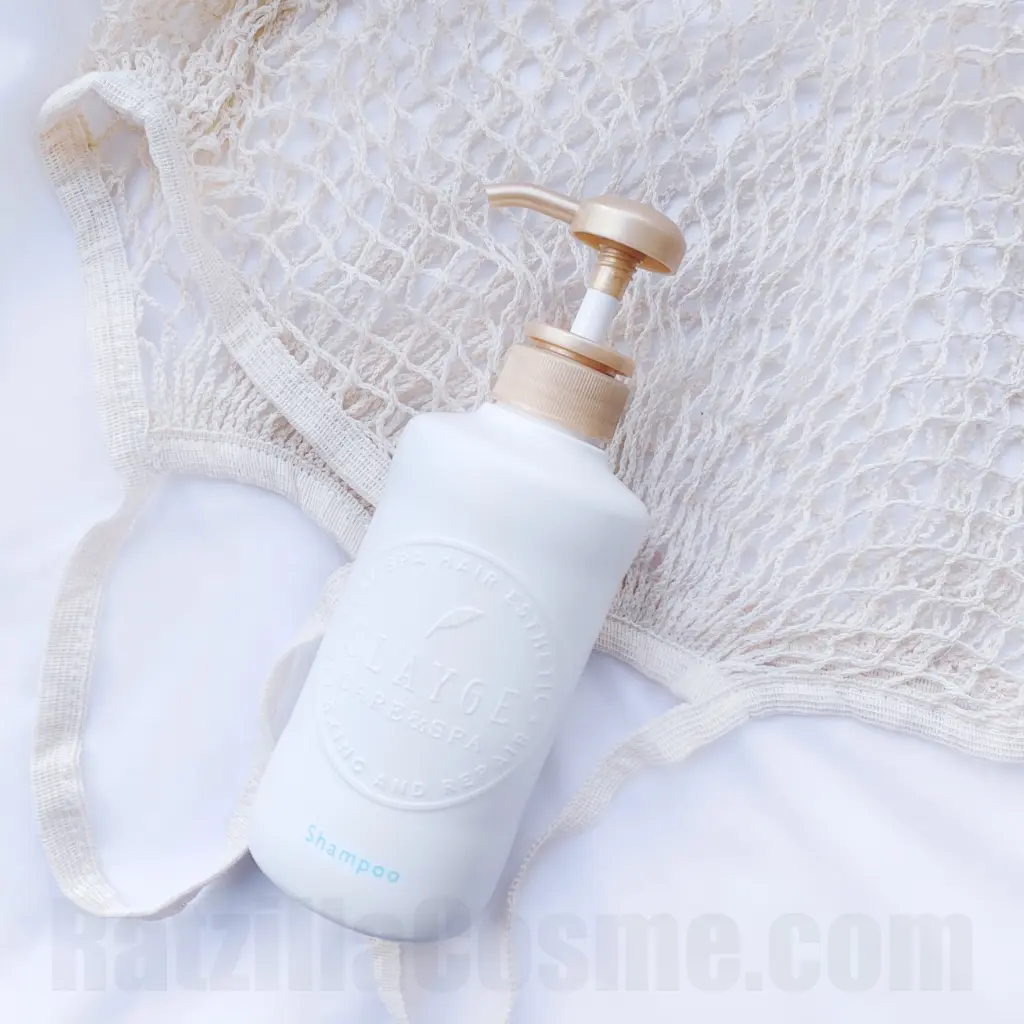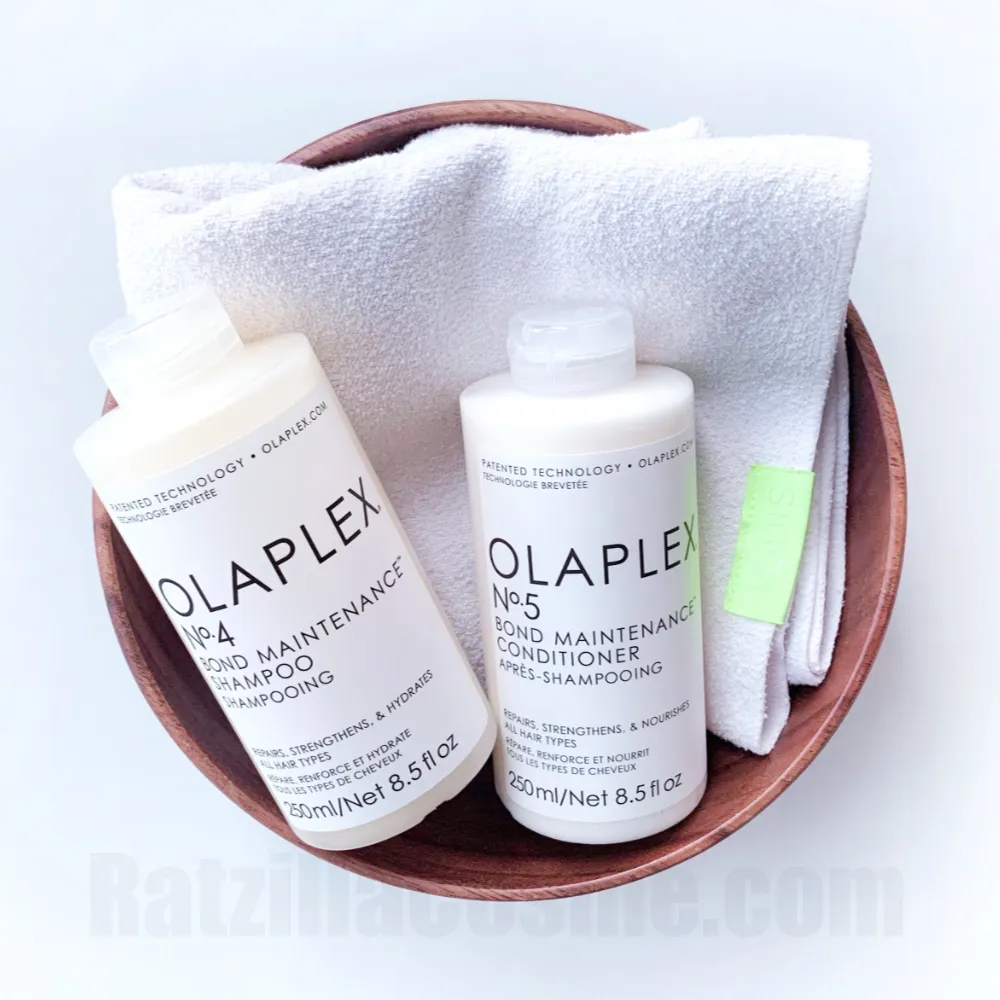I‘m knee-deep in some proper sunscreen testing. I’ve tested budget ones and ones that require a bank loan; moisturising ones, matte ones, and ones that are perfect for afternoon top-up.
You might be asking how can I possibly try that many sunscreens and remember what the first one was like? How can I possibly tell one from another? You see, there’s a method to this. I do a split test. I cover half my face or one of my arms with a control sunscreen and then the other half tests the new stuff. It helps me to rule out isolated conditions that might affect the outcome. If I don’t wear a familiar sunscreen alongside the new one, I find it quite difficult to make objective observations about it and draw comparisons with the other products I’ve tested.
The sunscreen that I’m the most familiar with is the Anessa Perfect UV Sunscreen Skincare Milk SPF50 PA++++ from Shiseido. This is a lightweight, silky smooth-finish sunscreen fluid, and it’s virtually bulletproof. The gold-bottled Anessa has a long-standing reputation in Japan as the gold standard of sunscreens for outdoorsy activities, even after multiple reformulations over the years. I prefer it to other products in Anessa line because it sits the most smoothly and invisibly beneath makeup.
It does speak volumes that I’ve repurchased this sunscreen (and its predecessors) countless times, almost as my “default” sunscreen. This is the one I always rely on to protect my skin (that tans easily but rarely burns) if prolonged direct sun exposure is going to be unavoidable. It has reliable protection with great durability that sets quickly into a satin finish (no matter what I have on underneath) and is reasonably priced, which is why I tend to reach for this sunscreen over other options, especially when I’m testing. I use it on both my face and body — lightweight and with no sticky or greasy residue. It is a bit OTT for just sitting in the office, but if you have combination/oily skin that is more sensitive to the sun then it’s a dream. The no-frills, flat bottle is also perfect portable packaging.
If you’re in Japan, Anessa Perfect UV Sunscreen Skincare Milk SPF50 PA++++ is readily available in drugstores. RRP for 60ml is ¥3,000 and it’s always 20–30% off at one place or another. If you’re lucky, you might even find the limited edition 90ml size for the same price. Outside of Japan, you can find it online at Amazon USA or eBay starting from $26.50+ — but be very wary of fakes. This is one Japanese drugstore product with a lot of Chinese counterfeits!

